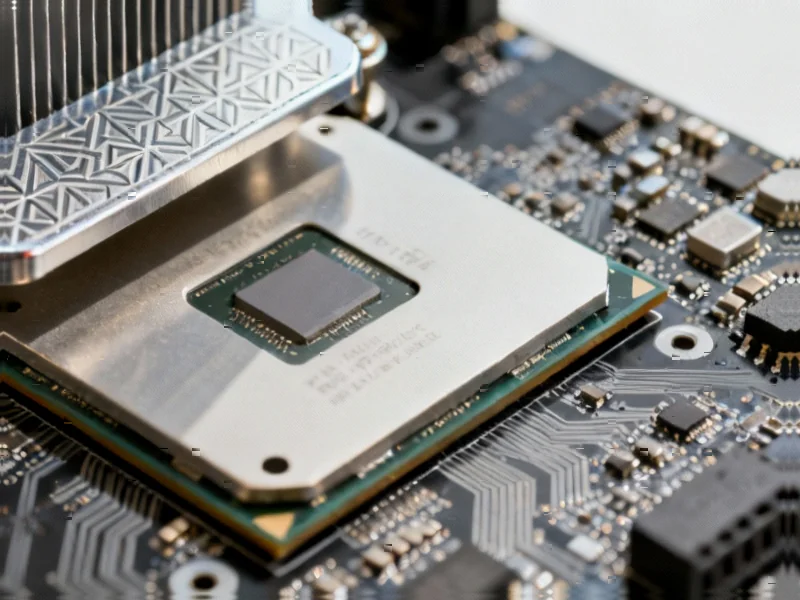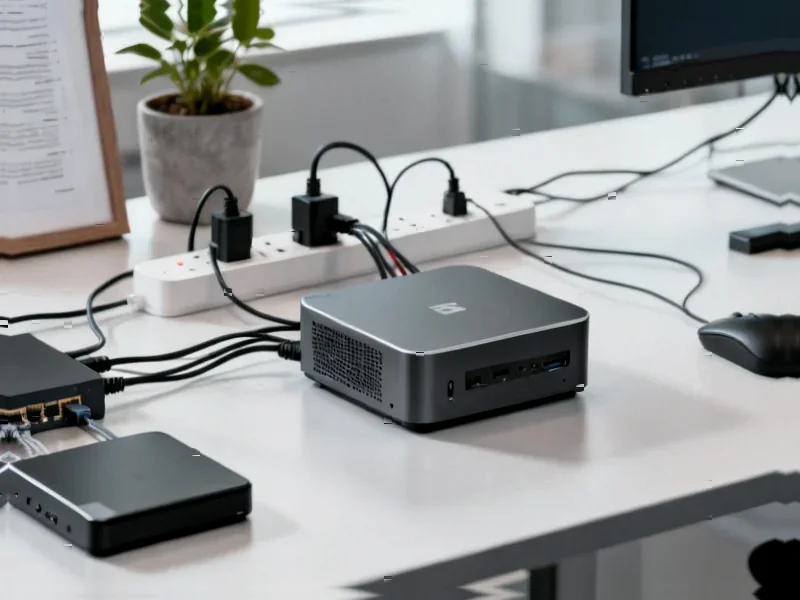According to Digital Trends, Apple released iPadOS 26.1 on Monday, approximately six weeks after the initial iPadOS 26 launch, bringing back the popular Slide Over multitasking feature that had been removed in the previous version. The update allows users to open apps in smaller vertical windows that float over main applications or the Home Screen, with new capabilities including window resizing and integration with the newer multitasking system. Additional features include gain control for external USB microphones, improved FaceTime audio quality in low-bandwidth conditions, and default enabling of Communication Safety and web content filters for child accounts aged 13-17. The return of Slide Over comes after user feedback about the removal in iPadOS 26, though the new implementation currently supports only a single app in Slide Over rather than the previous stacking capability.
The Technical Foundation of Modern iPad Multitasking
The reintroduction of Slide Over in iPadOS 26.1 represents more than just a feature restoration—it’s a sophisticated technical balancing act between Apple’s vision for window-based multitasking and user workflow preferences. The underlying architecture must now support two distinct multitasking paradigms simultaneously: the traditional floating window system and the newer tiled window approach. This requires significant memory management optimization, as each Slide Over window maintains its own application state while sharing system resources with the primary application. The implementation likely leverages iOS’s existing view controller hierarchy but adds complexity in handling multiple active contexts without compromising performance or battery life.
User Experience and Workflow Integration
From a user experience perspective, Apple’s decision to bring back Slide Over while maintaining the new windowing system creates an interesting hybrid approach to tablet productivity. The ability to resize Slide Over windows suggests Apple has developed more sophisticated gesture recognition and window management algorithms that can handle dynamic UI scaling without breaking app layouts. This addresses one of the key limitations of the original Slide Over implementation, where fixed window sizes sometimes created awkward interactions with certain applications. The current single-app limitation in Slide Over likely reflects Apple’s cautious approach to memory management and performance optimization, as the system update must run efficiently across multiple iPad generations with varying RAM and processing capabilities.
Strategic Implications for iPad’s Future
Apple’s responsiveness to user feedback about Slide Over reveals an important strategic shift in how the company approaches iPad software development. Rather than stubbornly pushing forward with their vision of window-based multitasking, they’ve demonstrated willingness to incorporate established workflow patterns into new paradigms. This suggests Apple recognizes that professional users have developed muscle memory and workflows around certain features that can’t be easily abandoned. The coexistence of both systems indicates Apple may be testing which approach gains more traction with users, potentially informing future iPadOS developments. This iterative, user-responsive approach to feature development could signal a more mature phase in iPad software evolution, where refinement takes precedence over radical reinvention.
Performance and Resource Management Challenges
The technical implementation of dual multitasking systems presents significant challenges in resource allocation and performance optimization. Each Slide Over window requires its own memory allocation, processing cycles, and graphics resources while maintaining smooth animation and responsiveness. Apple’s engineers likely had to develop sophisticated resource prioritization algorithms that can dynamically adjust based on which window has user focus. The single-app limitation in the current Slide Over implementation suggests Apple is carefully managing the computational overhead, particularly on older iPad models where multiple active applications could strain system resources. This conservative approach allows them to ensure stability across their entire iPad lineup while gathering usage data to inform future enhancements.




